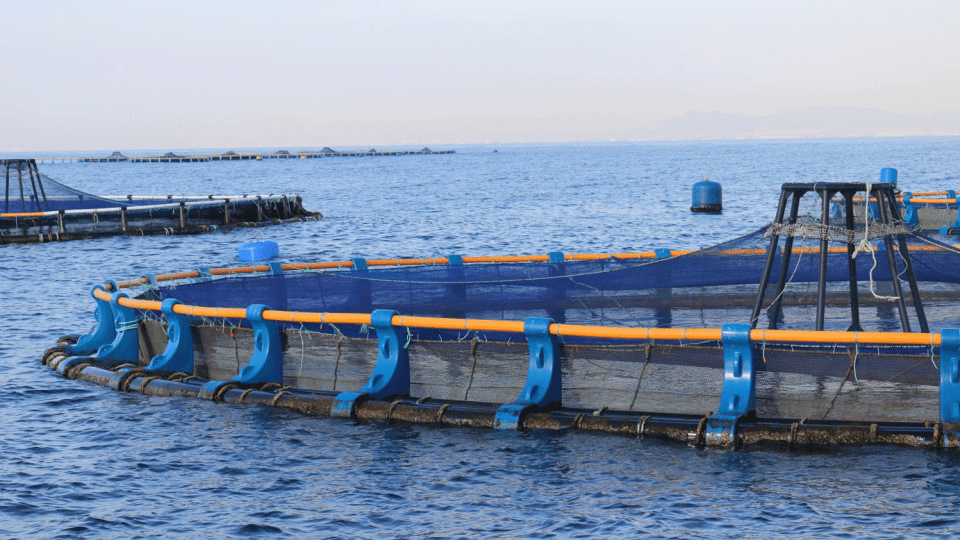AETIOLOGY:
Vibrio anguillarum is a Gram-negative flagellate causing vibriosis, a disease that affects a large number of marine species and that causes significant financial losses in aquaculture.
Vibrio anguillarum is an important pathogen in species such as salmon, rainbow trout, turbot, sea bass, sea bream, eel or shrimp, and other species of interest for aquaculture. The first description of the bacterium occurred in 1909, as the causative agent of the red plague affecting eels in the Baltic Sea.
TRANSMISSION:
The transmission of the disease is mainly through horizontal mechanisms.
Direct transmission between fish living in the same hatchery is very common, through water and especially if the fish suffer from lesions, via the faecal-oral route and/or cannibalism of affected dying fish.
PATHOGENICITY:
Symptoms include the appearance of dark-coloured skin lesions that release bloody exudates and occur mainly in the ventral and lateral areas of the fish. It also causes bleeding in the intestine, spleen and muscles. Other internal manifestations include corneal opacities, distension of the intestine and rectum obstruction due to the accumulation of a viscous fluid.
TREATMENT:
Historically, antibiotics have been used as an effective method for controlling infections caused by microorganisms of the Vibrio genus in fish. Although some of these substances have demonstrated in vitro activity against V. anguillarum, they are usually ineffective when used in field conditions, probably due to the rapid anorexia caused by the pathogen, and because the therapeutic dose of the antibiotic required cannot be achieved due to the low intake of feed by the population, thus allowing the disease to become chronic.
DIAGNOSIS:
- Identification of the causal agent: bacterial culture using samples of the target organs or swabs (liver, spleen, kidney).
PREVENTION AND CONTROL:
Biosafety is the first barrier to prevent the introduction of pathogens in fish farms. Thus, maintaining adequate microbiological quality, controlling the sanitary condition of the water and sediment, and regularly disinfecting all production units is of utmost importance.
- Therefore, the vaccination of susceptible populations has become the best choice for controlling vibriosis.
BIBLIOGRAPHY:
- Frans, C W Michiels, P Bossier, K A Willems, B Lievens and H Rediers: Review Vibrio anguillarum as a fish pathogen: virulence factors, diagnosis and prevention. (Journal of Fish Diseases 2011, 34, 643–661)
- Angelidis P., Karagiannis D. & Crump E.M. (2006) Efficacy of a Listonella anguillarum (syn. Vibrio anguillarum) vaccine for juvenile sea bass Dicentrarchus labrax. Diseases of Aquatic Organisms 71, 19–24.



























